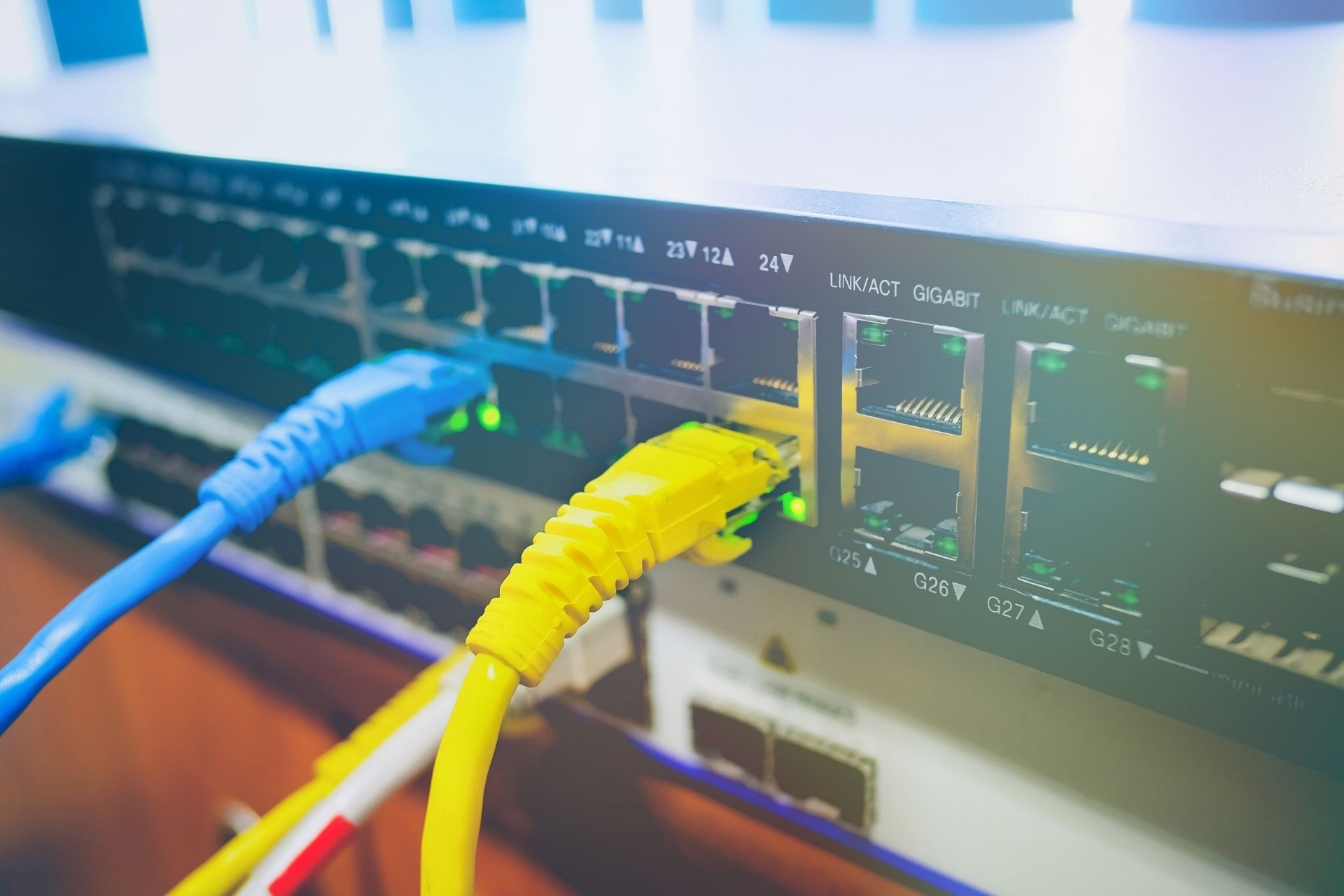Fiber Optic Internet Bandwidth Allocation
How is bandwidth allocated in fiber optic internet networks?
Bandwidth in fiber optic internet networks is allocated through a process known as wavelength division multiplexing (WDM). This technology allows multiple signals to be transmitted simultaneously over a single fiber optic cable by using different wavelengths of light. Each user or service is assigned a specific wavelength, which helps in efficiently utilizing the available bandwidth and ensuring high-speed data transmission.
Fiber Optic Internet Quality of Service (QoS) Standards




